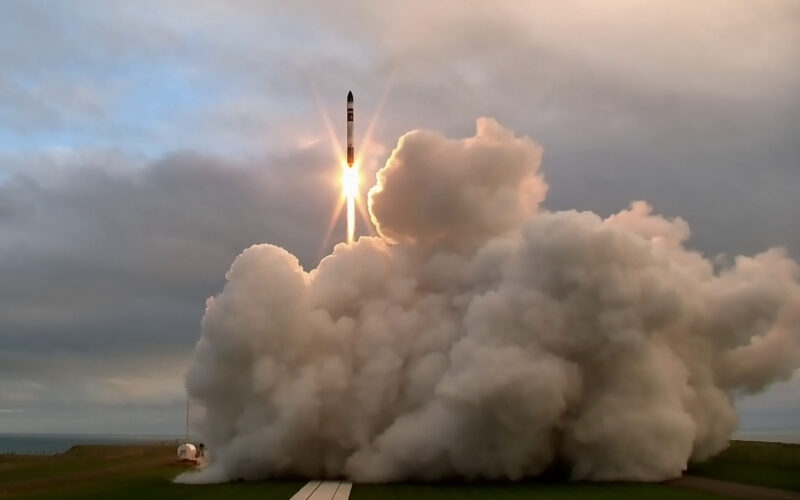Rocket Lab has successfully launched NASA’s ‘Coming to a Storm Near You’ mission, sending a final pair of TROPICS CubeSats into low Earth orbit on May 26, 2023, in order to collect data on tropical storms and improve cyclone forecasts.
The mission launched from the Rocket Lab spaceport on the east coast of New Zealand and is the second of two launches for the NASA weather-monitoring project. As with the previous launch, the shoebox-sized satellites, named TROPICS (Time-Resolved Observations of Precipitation structure and storm Intensity with a Constellation of Smallsats), were sent into orbit on a rocket built by Rocket Lab.
“The TROPICS constellation has the potential to save lives and improve our knowledge of deadly storms, so we’re immensely proud to be part of making it possible,” said Rocket Lab founder and CEO, Peter Beck. “With one pair of TROPICS satellites now safely in orbit, we’re pleased to be back on the pad just two weeks later ready for the next launch. The regular and reliable dedicated small sat launch is what we developed Electron and our launch sites for, so it’s a great feeling to be delivering on that for NASA.”
The constellation will now consist of four TROPICS CubeSats working together to gather comprehensive data on tropical storms. Unlike larger storm trackers that typically fly over cyclones about four times a day, the TROPICS satellites have the capability to provide updates every hour. This high-frequency data collection is expected to enhance the understanding of typhoon and hurricane precipitation structure and intensity, as well as improve predictions of dangerous weather conditions.
Rocket Lab has successfully launched all four satellites across two dedicated launches within just 18 days. This will enable the TROPICS satellites to settle into their orbits and to be fully operational ahead of the 2023 North American storm season, which is expected to begin in June.

